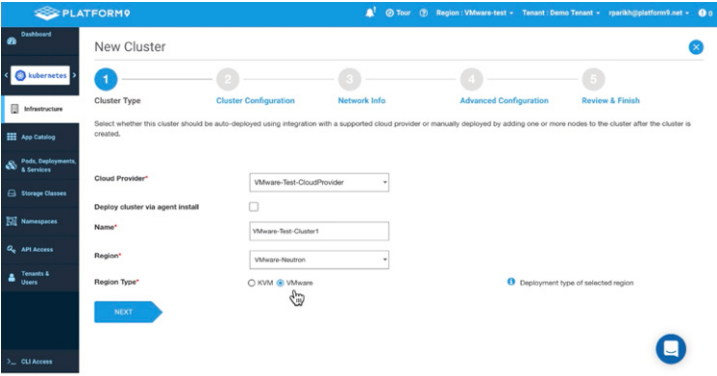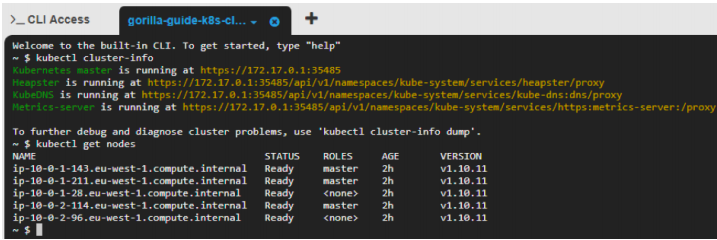This is the final chapter from The Gorilla Guide to Kubernetes in the Enterprise, written by Joep Piscaer.
Previous Chapters:
- Chapter 1: The Changing Development Landscape
- Chapter 2: Kubernetes Concepts and Architecture
- Chapter 3: Deploying Kubernetes
- Chapter 4: Putting Kubernetes to use: RBAC, Monitoring, Logging, Storage, & more
- Chapter 5: Managed Kubernetes Solutions
- Chapter 6: Kubernetes USe Cases
You can download the full guide here.
Platform9 Managed Kubernetes
Platform9 Managed Kubernetes (PMK) is the industry’s only SaaSbased, continuously managed Kubernetes service that guarantees 24x7x365 SLA and works across any infrastructure: on-premises
data centers, public clouds, and at the edge.

PMK provides comprehensive Day-Two operations for Kubernetes production clusters, with guaranteed 99.9% uptime availability. PMK’s management plane performs around-the-clock, automated, real-time monitoring and anomaly detection. Alerts are automatically generated, which trigger automated troubleshooting and remediation processes.
Platform9 provides the industry’s leading zero-touch upgrade process and instant security patching. Their certified Kubernetes experts provide expert guidance on best practices and architecture, and are
available 24×7 to perform proactive remediation to guarantee uptime availability.
PMK’s simple-to-use self-service portal allows developers and operations teams to deploy multi-cluster Kubernetes in under 20 minutes, on any infrastructure, with a simple wizard. Administrators can
centrally manage clusters on different cloud providers and data centers via the dashboard.
Developers can connect to their clusters through the UI or the built-in CLI accessible from the portal. You can also access your Kubernetes dashboard with a single click. Developers can deploy application templates or related services and processes via the App Catalog.

Getting Started with Platform9 Managed Kubernetes
The simple wizard process makes it quick and easy to get a cluster up and running. For on-premises deployments, adding nodes is a matter of pushing the Platform9 agent to the machines. For cloud-based deployments, this step is automated. A simple graphical wizard helps first-time users make the right choices, with clear explanations for options like running workloads on master nodes, the container and service CIDR IP Blocks, privileged mode, and more.

Platform9 deliberately chose an upstream, open source version of Kubernetes for its deployment and operations. Being CNCF certified also means that applications written for and tested on Platform9 Managed Kubernetes will run on any other open source-certified Kubernetes, promoting portability and avoiding lock-in to proprietary distributions.
Built-in Application Catalog
Platform9 Managed Kubernetes has a built-in application catalog with hundreds of applications from the Kubernetes community.

Web CLI
Platform9 Managed Kubernetes includes a Web-based CLI for simple access to command-line tools like kubectl and Helm.
The CLI allows access to those tools in situations where there’s no terminal available. It’s also accessible via mobile devices. This is great for a quick fix of an issue, or for activities like checking cluster and node health.

The Big Decision
This Gorilla Guide has taken you on a journey through the depths of Kubernetes, including its taxonomy, design decisions, and how to deploy a production-grade Kubernetes cluster.
There’s no doubt that Kubernetes plays a vital role in the cloud-native landscape: the advantages to the developer workflow are undeniable, and its use cases are constantly expanding.
Still, deploying enterprise-grade Kubernetes is a daunting task, with many variables and complex tasks, requiring highly specialized knowledge. Using a managed Kubernetes solution like PMK makes deployment a simple, five-minute task.
It includes all the best practices that make Kubernetes enterprise-ready, like a highly-available multi-master control plane and integrated cluster monitoring. It allows managed operations like automatic cluster upgrades, integrated identity and access management, the Helm package manager and much more.




